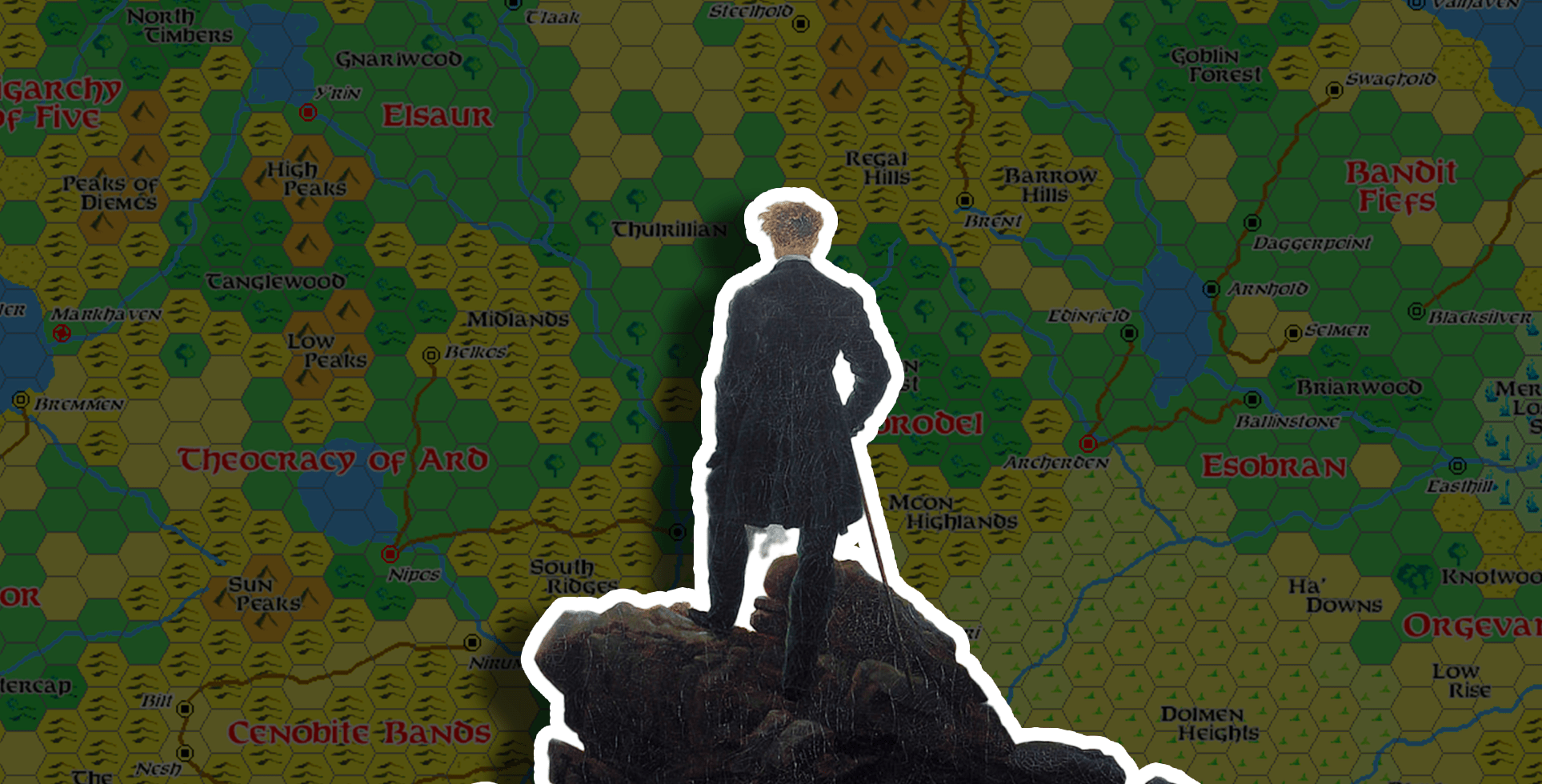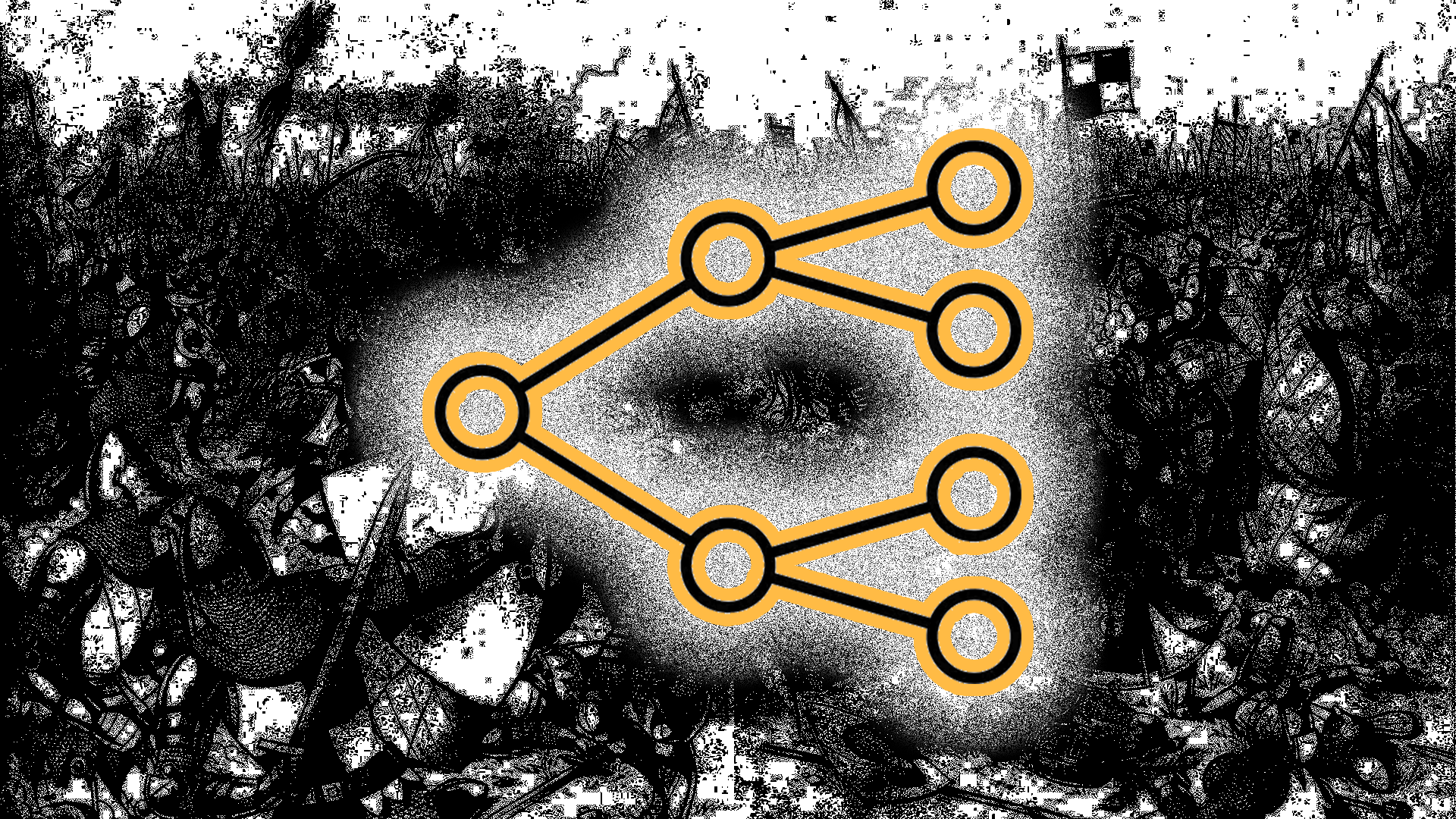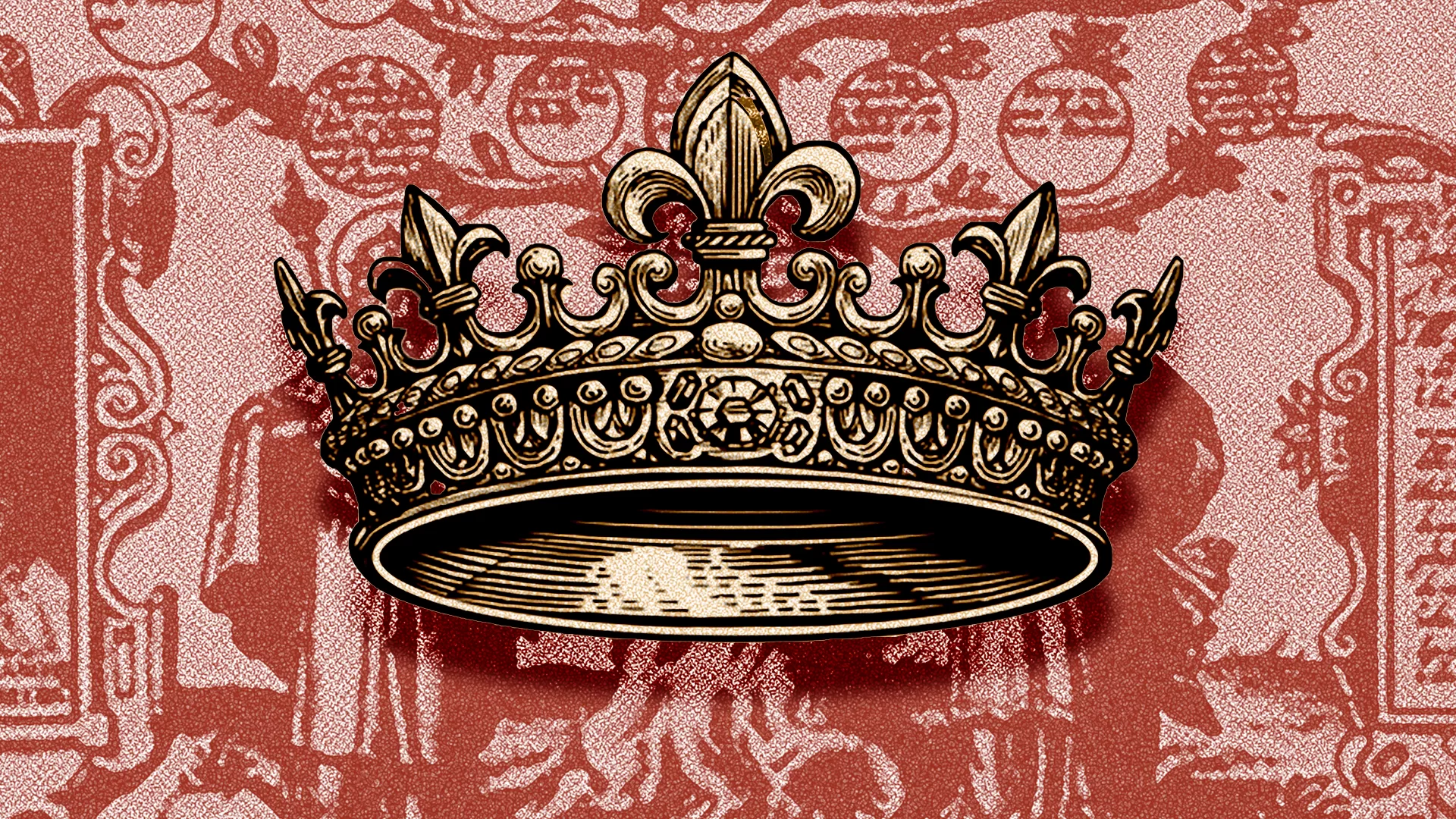The West Marches Campaign playstyle is one of the most brilliant play methods ever introduced to Dungeons and Dragons. It makes the players excited for the next game, it creates a more interesting and collaborative world, and the great Matt Colville backs it. What else could you ask for? This article is going to explain what a West Marches game actually is and what it looks like.

What Exactly is the West Marches?
The West Marches Campaign style was created by Ben Robbins (I highly recommend checking him out). He abandons the ye olde days of players showing up at your doorstep with no preparation, expecting the Dungeon Master to have done all the work. They show up, they expect the DM to create an exciting game, and then they leave without the events of the game sticking with them.
Instead, the initiative is placed into the player’s hands with an emphasis on open-world exploration that is guided by leads given to them by the DM, without the usual over-arching story that I find in most games. Additionally, a key component of West Marches is that there is seemingly no limit on the amount of players that can join in on this campaign. Whether it is 8 or 80, West Marches allows players to build a world that is living and breathing due to the social interactions of the players.
How does West Marches work?
When the campaign begins, the players get together beforehand and plan a time that works for everyone and the DM. It is also important to know that while I said that you can have as many players as you want, it’s imperative to play in smaller groups of 4-8 people. Each person will get a chance to play, and it is best practice to set rules on how many times people can play consecutively together as to avoid clicks and lose out on the best parts of this game: Exploration and Social Collaboration.
Exploration of West Marches
Following the start of the campaign, the players are placed into a town or stronghold that is interesting enough to have suppliers and merchants, but no adventures happen here. This is where PCs stay when the DM is with other groups and encourages people to not settle into a place that caters to their needs.
For the DM, this makes creating the world of your game incredibly simple and easy on your end. You no longer have to prep for a thousand different things the players might do as they tell you exactly what they want to do. They’re railroading themselves in the best of ways.
Due to the players choosing what they want to do, outside of the game encourages people to think more about the world and their role in it. The falling of the sands of time continues to go on and they will get people together to follow leads.
This setup draws inspiration from classic Dungeons & Dragons games, particularly played by Gary Gygax. The style tries to return to the more social, sandbox form of gameplay, where players have more control over the narrative, and the game world evolves based on their decisions. However, it’s important to establish rules that encourage players to change up their groups to prevent cliques from forming.
The only requirement is that the Game Master is available and prepared, but that the players lead the exploration.
Social Collaboration of West Marches
When thinking about the West Marches style of play, my favorite thing has to be the social aspect of it. Social dynamics play a major role in a West Marches campaign. The open scheduling and fluid groupings encourage competition and cooperation among players. When one group fails in their quest, another group might immediately head out to try and succeed where their predecessors could not, creating a sense of rivalry and camaraderie. This style promotes a social environment where players can learn from each other, share rumors, and build strategies based on shared knowledge of the world.
An interesting dynamic is the use of rumors, which can spread between players. As rumors cumulate, players who are eager to play will engage with the game, while those less interested may choose not to participate, fostering a natural selection process within the campaign.
But more often than not, players are going to want to keep playing. To ensure that everyone is involved, I recommend making some homebrew rules that players can only play with the same player so many times consecutively. This allows for people to use the skills and talents of others and have a constant flow of different group dynamics.
Hybridity of it All
In a West Marches campaign, exploration is driven by both competition and cooperation. When one party fails in their expedition—whether by retreating from danger or being defeated by the wilderness—it opens the door for another group to step in and claim the rewards. This creates a sense of rivalry, as adventurers may use the knowledge from others’ failures to better prepare themselves for future success. However, players are also motivated to share information for several reasons: to build alliances, ensure mutual survival, spread rumors, and enhance their reputations. Sharing knowledge about dangerous regions or unclaimed treasures not only fosters cooperation but also fuels further exploration, making the game world feel dynamic and alive.
To maintain this dynamic, it’s important that town remains a safe space. Town-based adventures can disrupt the flow of the game, as they undermine the essential separation between the safe haven and the dangerous wilderness. If too much action happens in town, players might avoid venturing out, which goes against the exploration-driven premise of the West Marches campaign. Moreover, adventures that occur in town can complicate the game’s continuity, especially when some players or characters are absent.
How to DM a West Marches Campaign?
The DM no longer needs to frontload the campaign with pre-determined plots and content. Instead, they respond to the players’ choices, crafting the world and challenges based on where the players choose to explore. Players are also responsible for creating their own maps, which become part of the role-playing experience. While these maps may not be entirely accurate, the DM should refrain from correcting them, allowing mistakes and misunderstandings to become part of the game’s narrative.
“Fog of War” Map Creation
The West Marches campaign is set in a living, breathing world, often depicted through a “fog of war” map that centers around a safe home base, such as a fortified town. Outside of this base lies a dangerous wilderness filled with dungeons, ruins, and other hazards. Players are encouraged to venture into the unknown, with the home base serving as a safe haven that incentivizes exploration outside of it.
The wilderness is often divided into regions with varying levels of difficulty, encouraging players to level up as they move further from the base. This will naturally form as players explore. One key feature of the West Marches style is that players are only truly challenged when they leave the safety of town, as town-based adventures typically provide less danger and reward. This structure pushes players to go into the wilderness if they want to progress and uncover new parts of the game world.
It is important to remember that all this “correct” or “incorrect” information is shared between each other and creates something beautiful and interwoven.
Scheduling
A major reason the West Marches style has gained popularity is its flexibility, which is especially appealing to adult players with busy schedules. There’s no need for everyone to be present at each session, and players can participate based on their availability. Players initiate adventures and set their own objectives, and the DM responds by creating content based on their decisions. This player-driven, sandbox environment contrasts with traditional, plot-driven campaigns, where the DM typically directs the story.
In a West Marches game, scheduling sessions were described by Robbins and Colville as chaotic. This reflects the in-game tavern discussions where adventurers plan their next outing. This flexible structure allows players to immerse themselves in a world of adventure without being restricted by real-world scheduling conflicts, making it a highly accessible option for modern gamers. Creating a Facebook group, a subreddit, or if you are up for it, a group text would be good for communication.
Conclusion
After learning about this playstyle years ago, I have been ITCHING to try it. I love how it breaks away from traditional play and brings together so many people to create this tapestry of interwoven narrative.
I want to thank Ben Robbins for this revolutionary idea and encourage you to check him out. Additionally, I want to encourage you to watch Matt Colville’s video on the subject as I learned of it from him. Finally, please subscribe to our newsletter! It helps us grow as a website and makes us smile every time someone does.
For other DM tools, check out our article The Best Dungeon and Dragons Tools for Dungeon Masters 2024











Leave a Reply